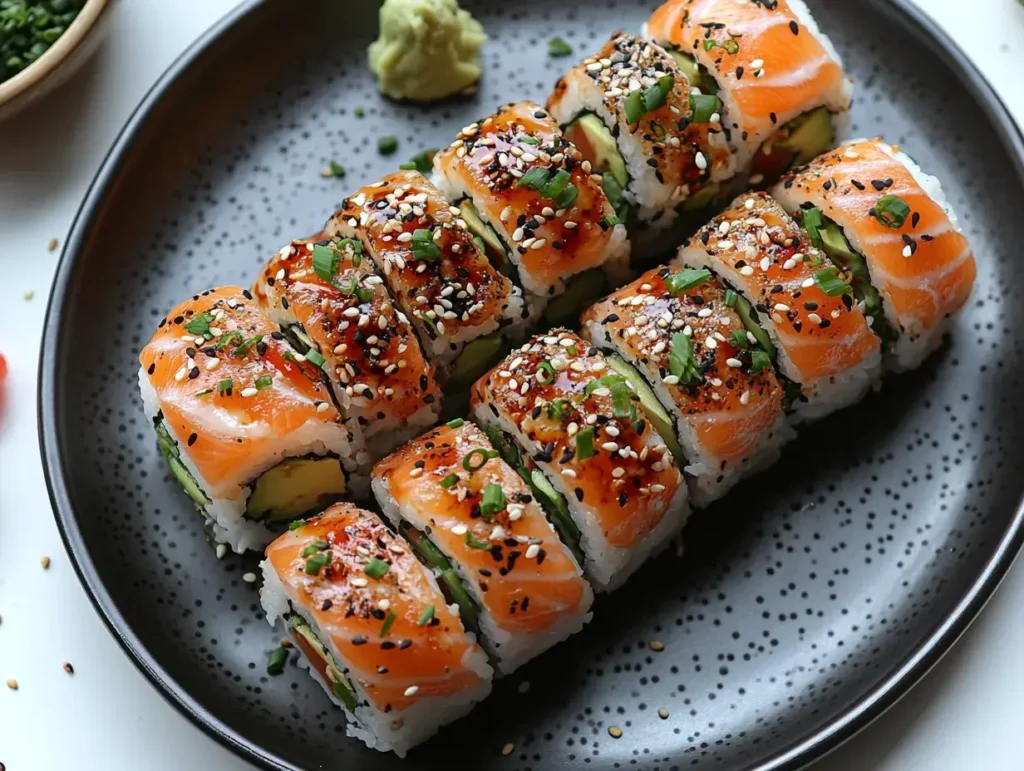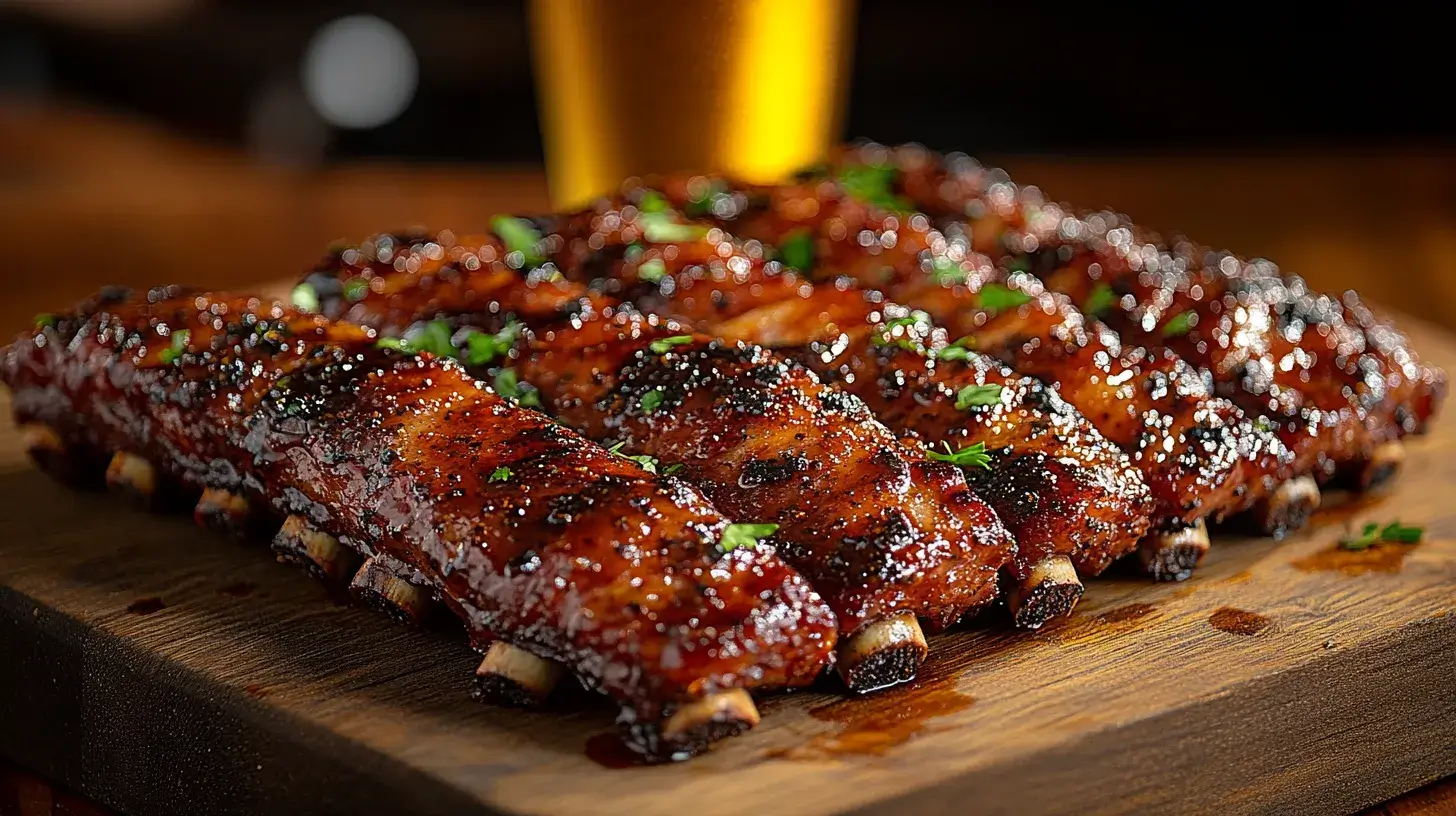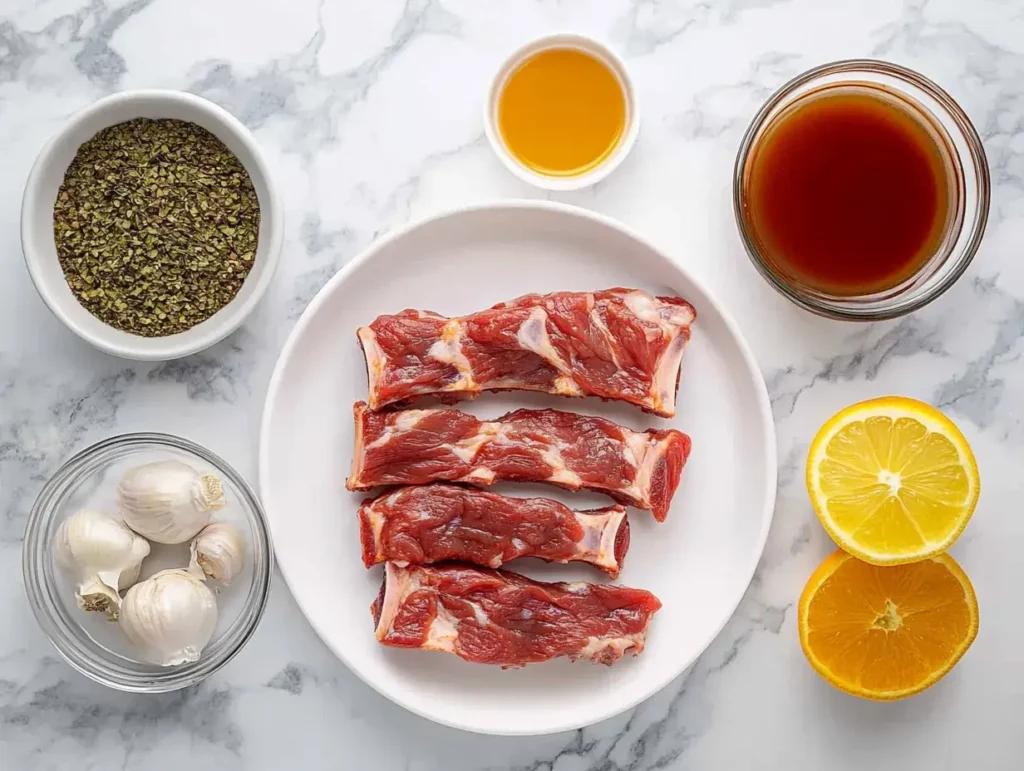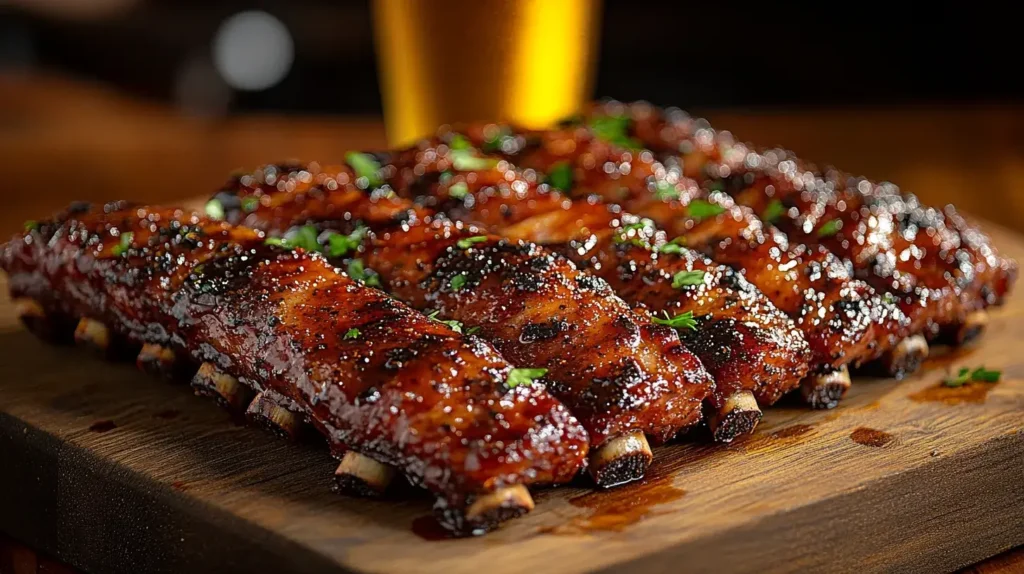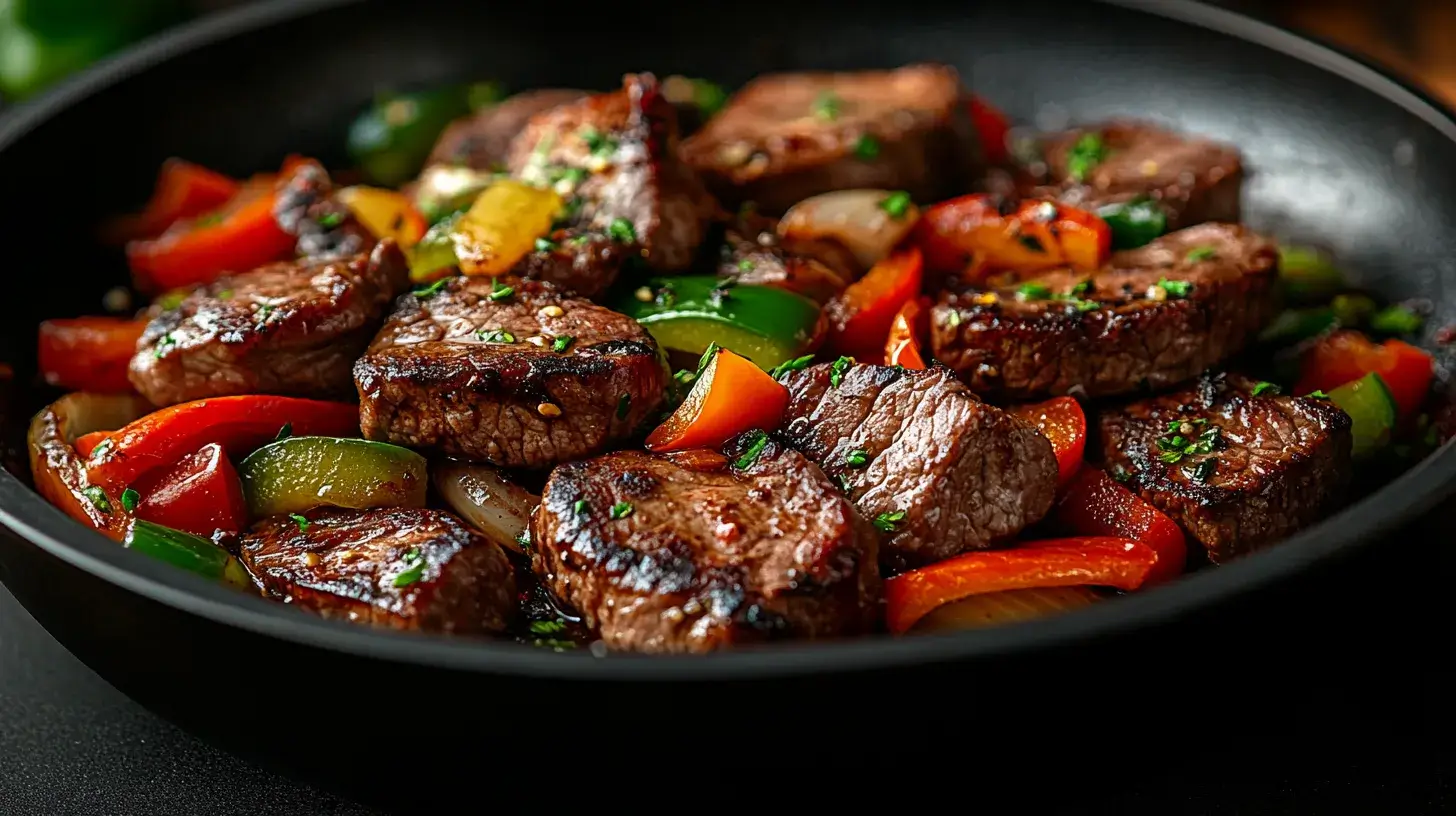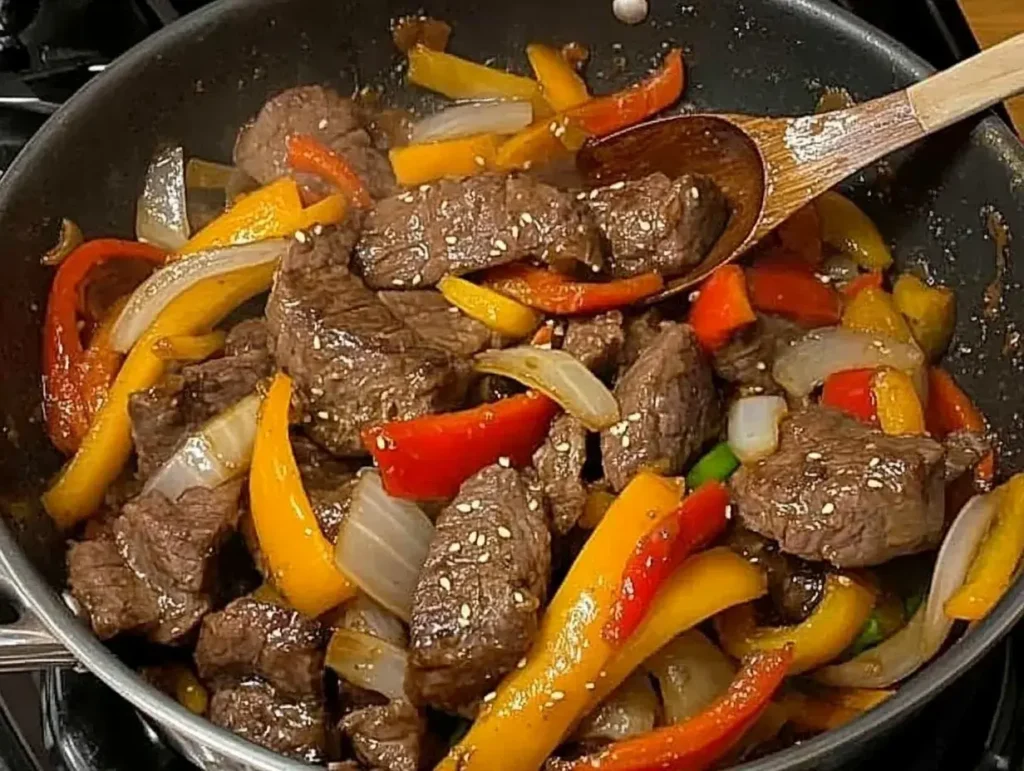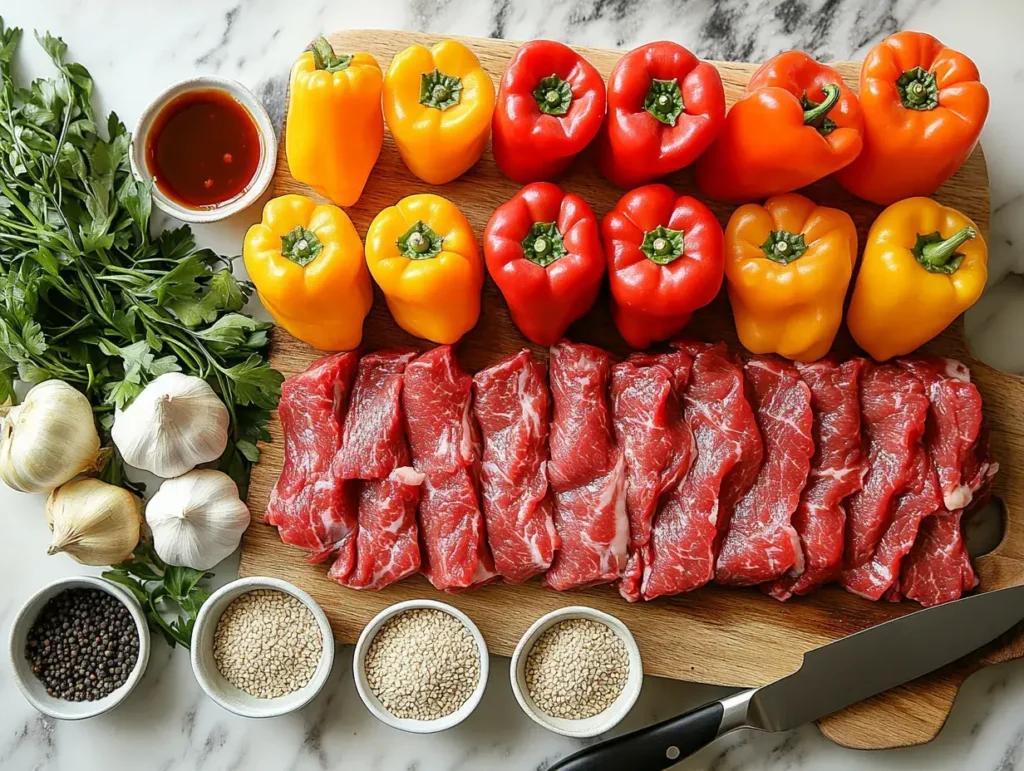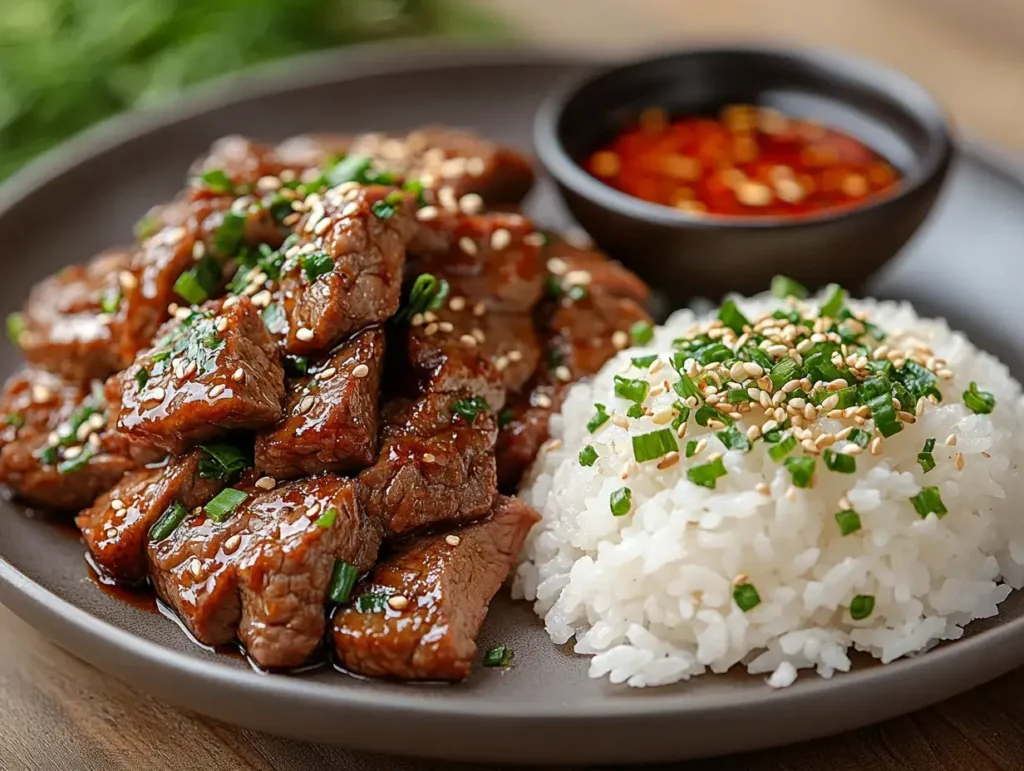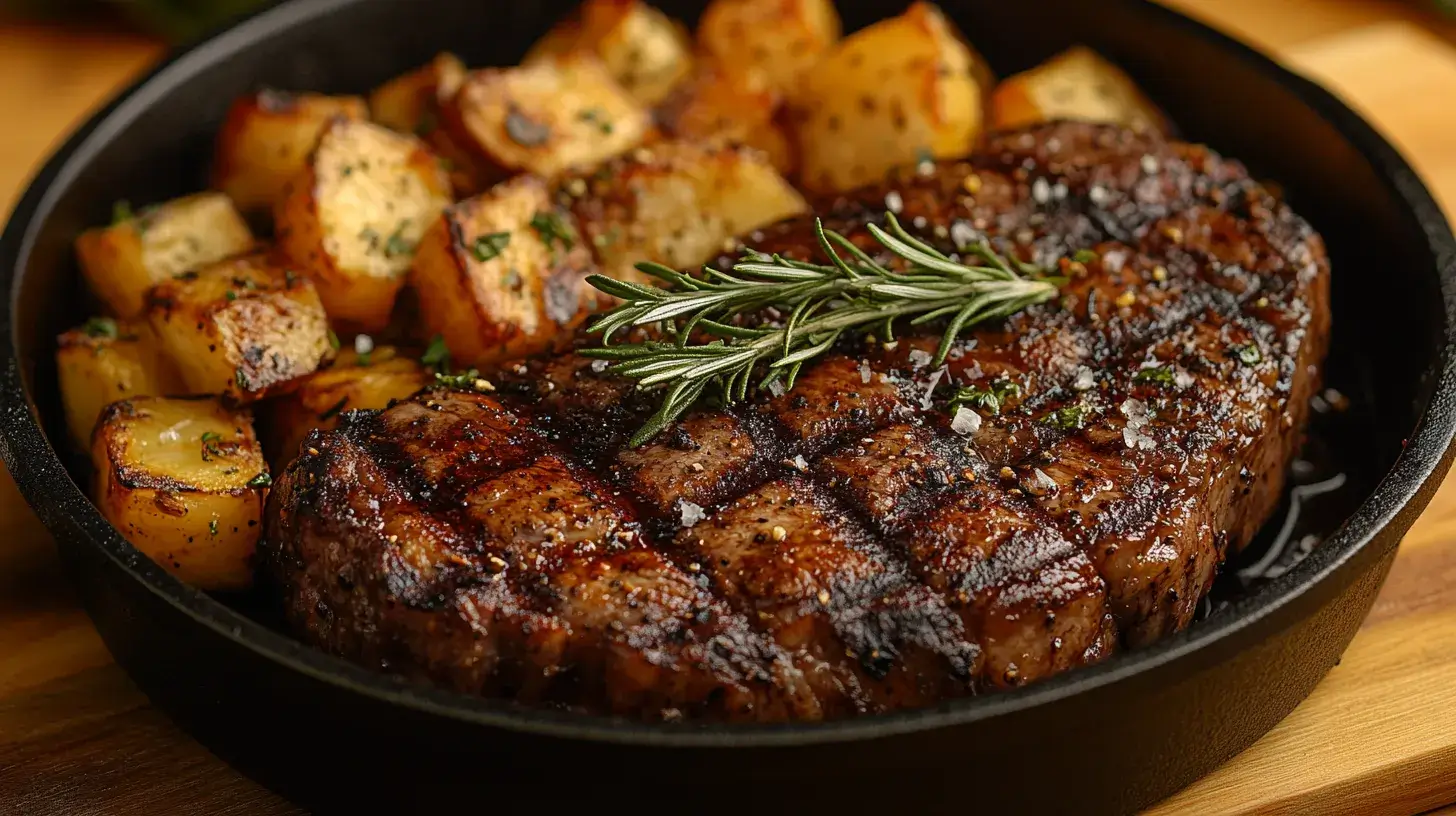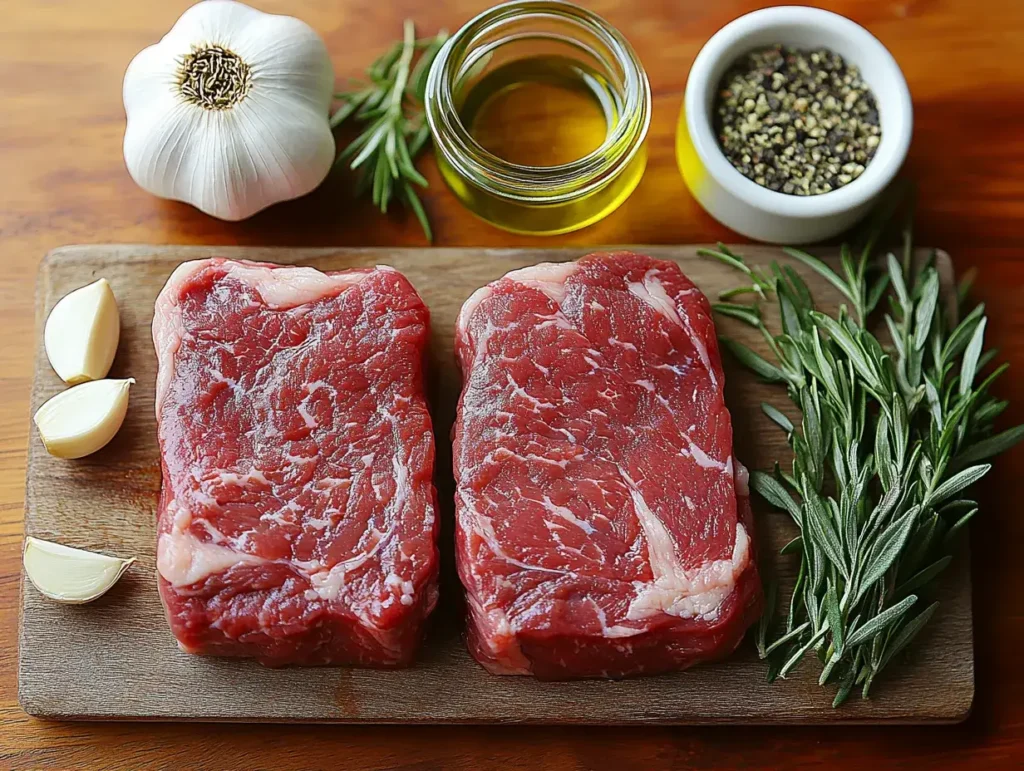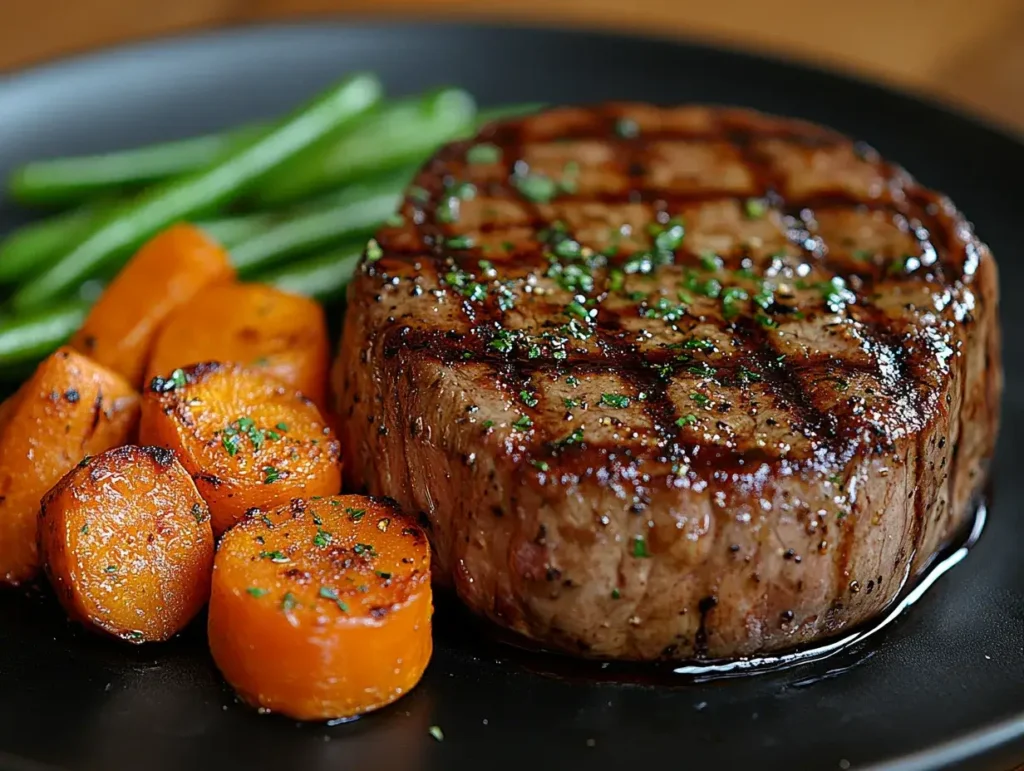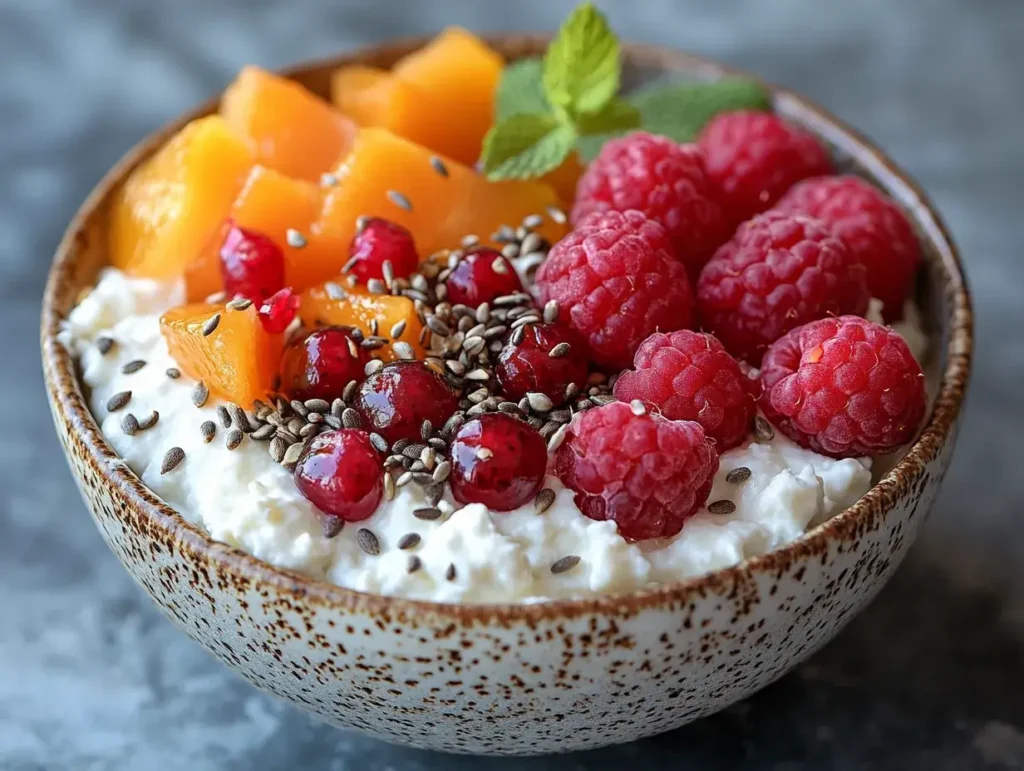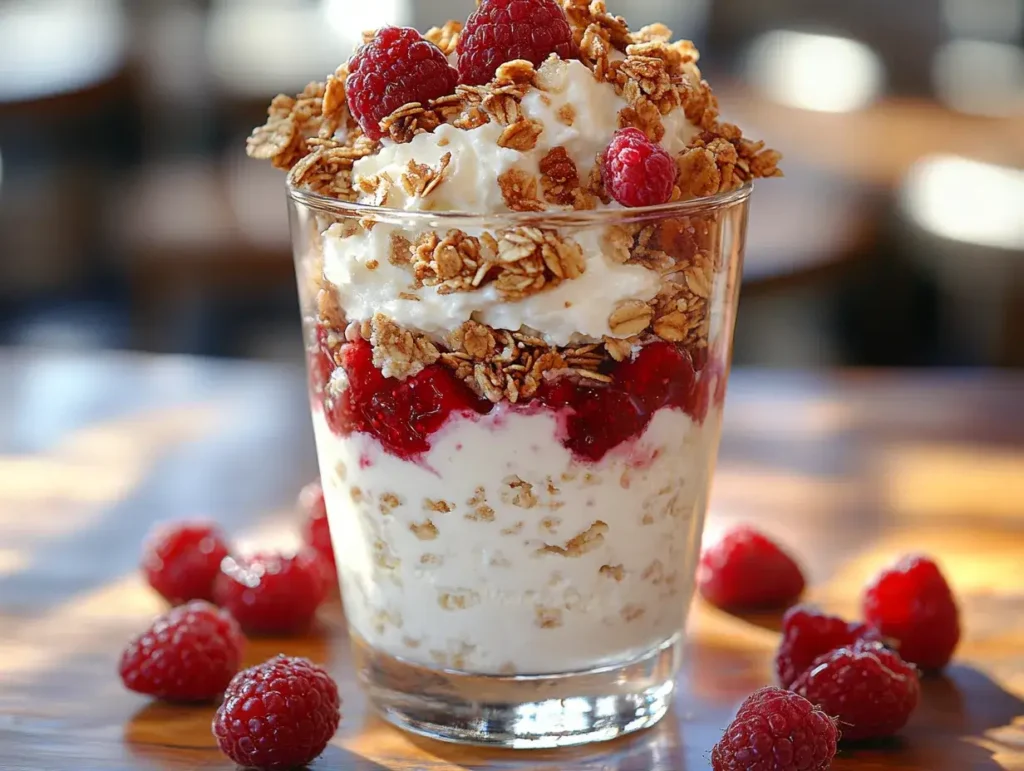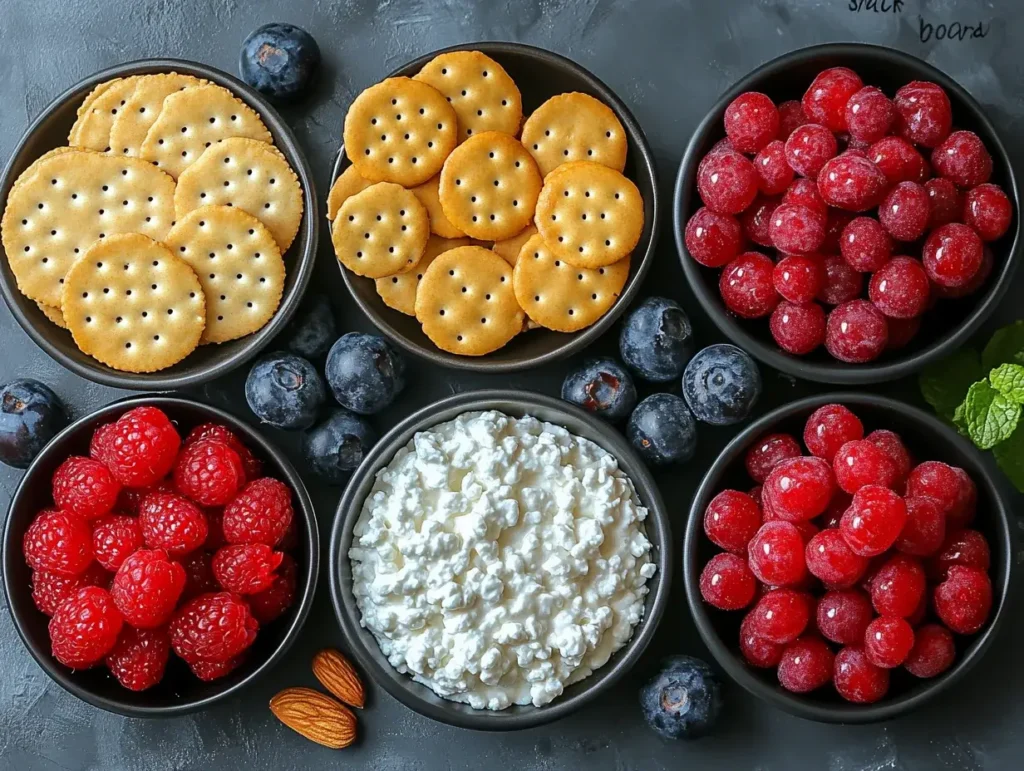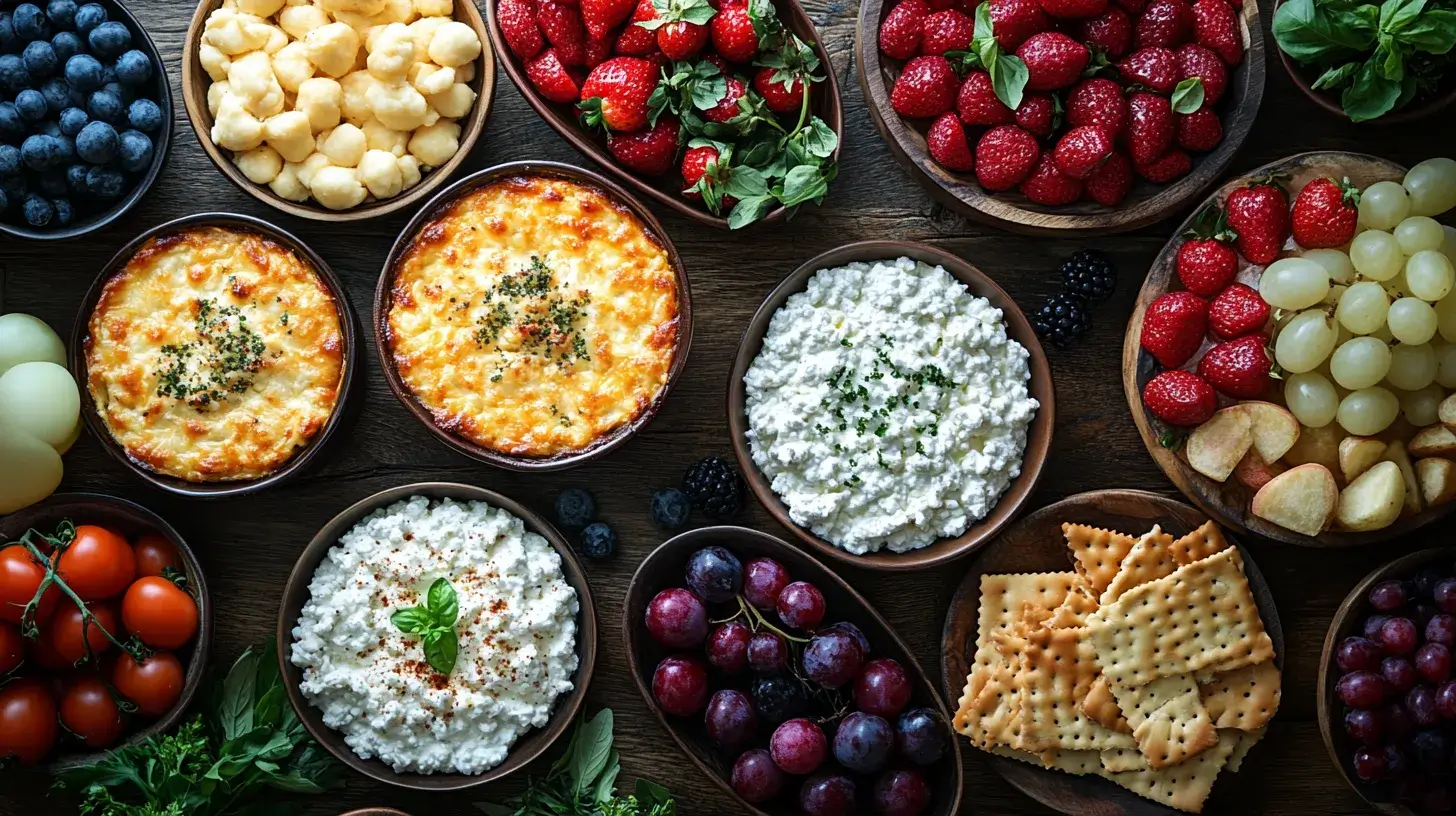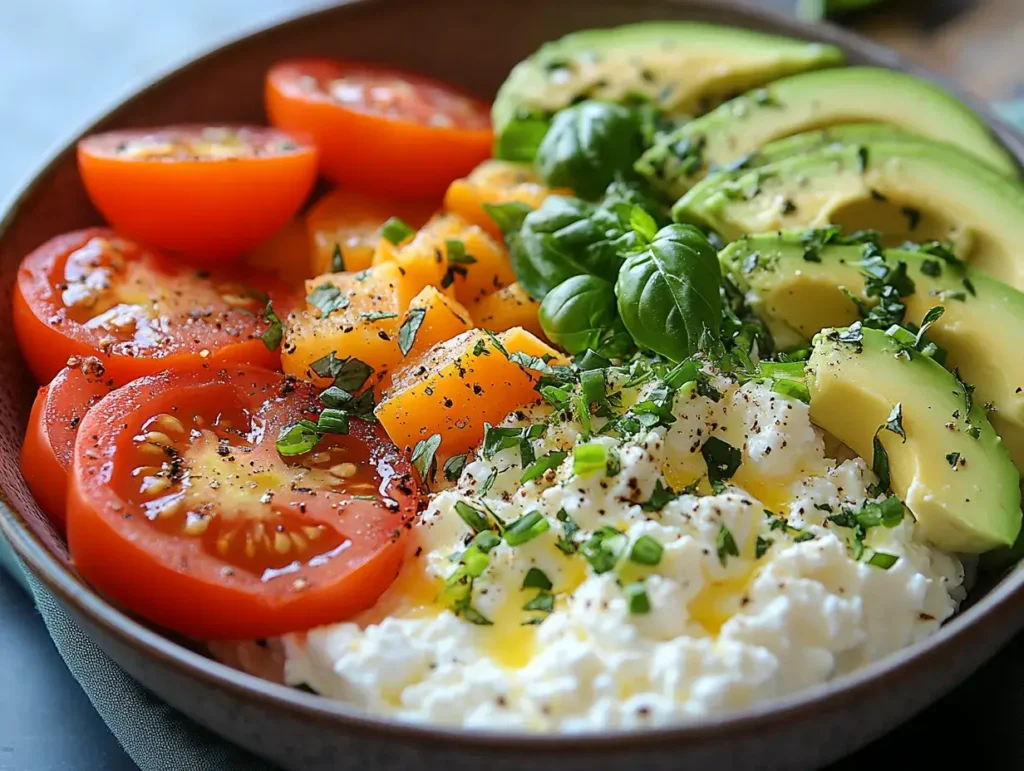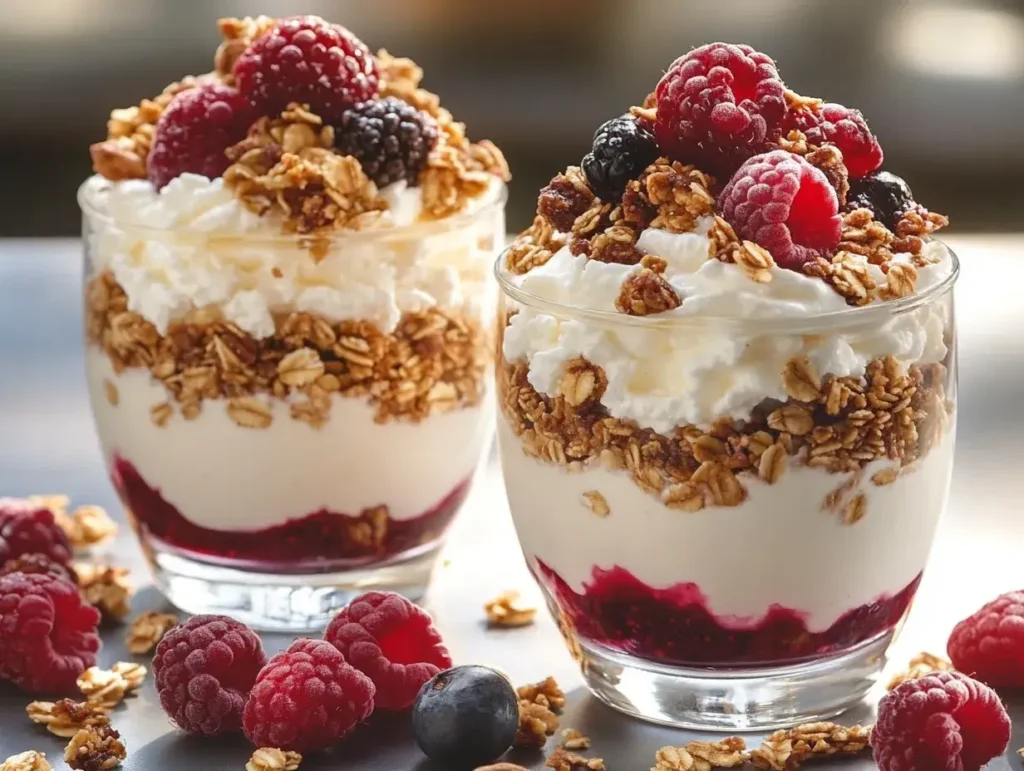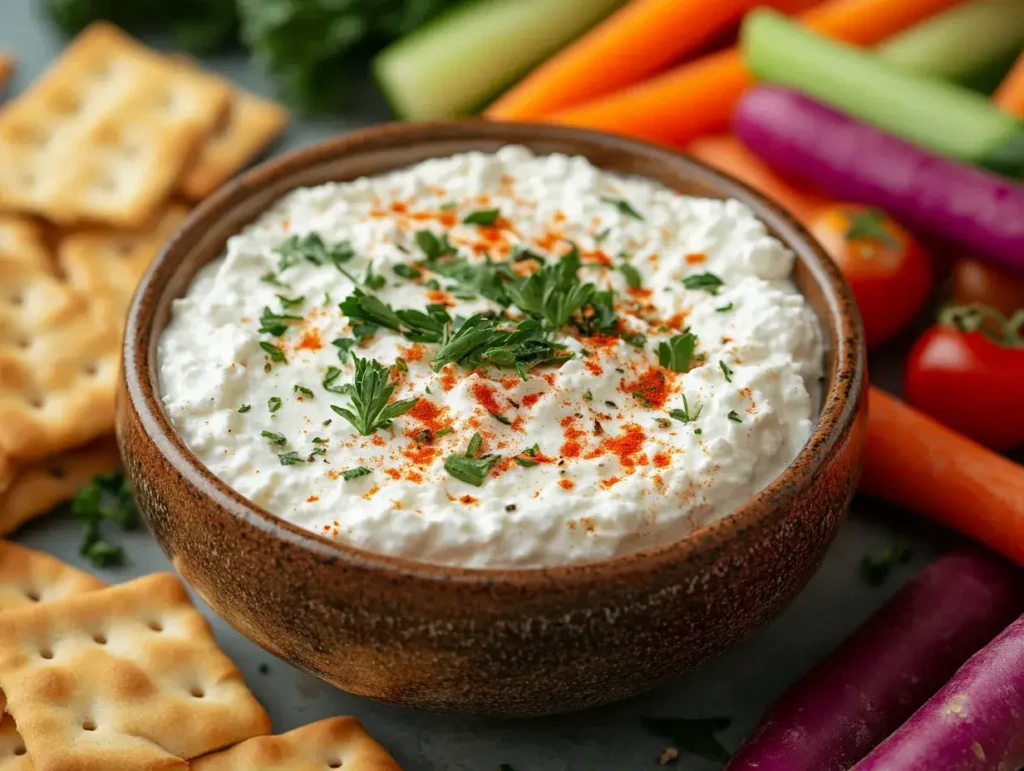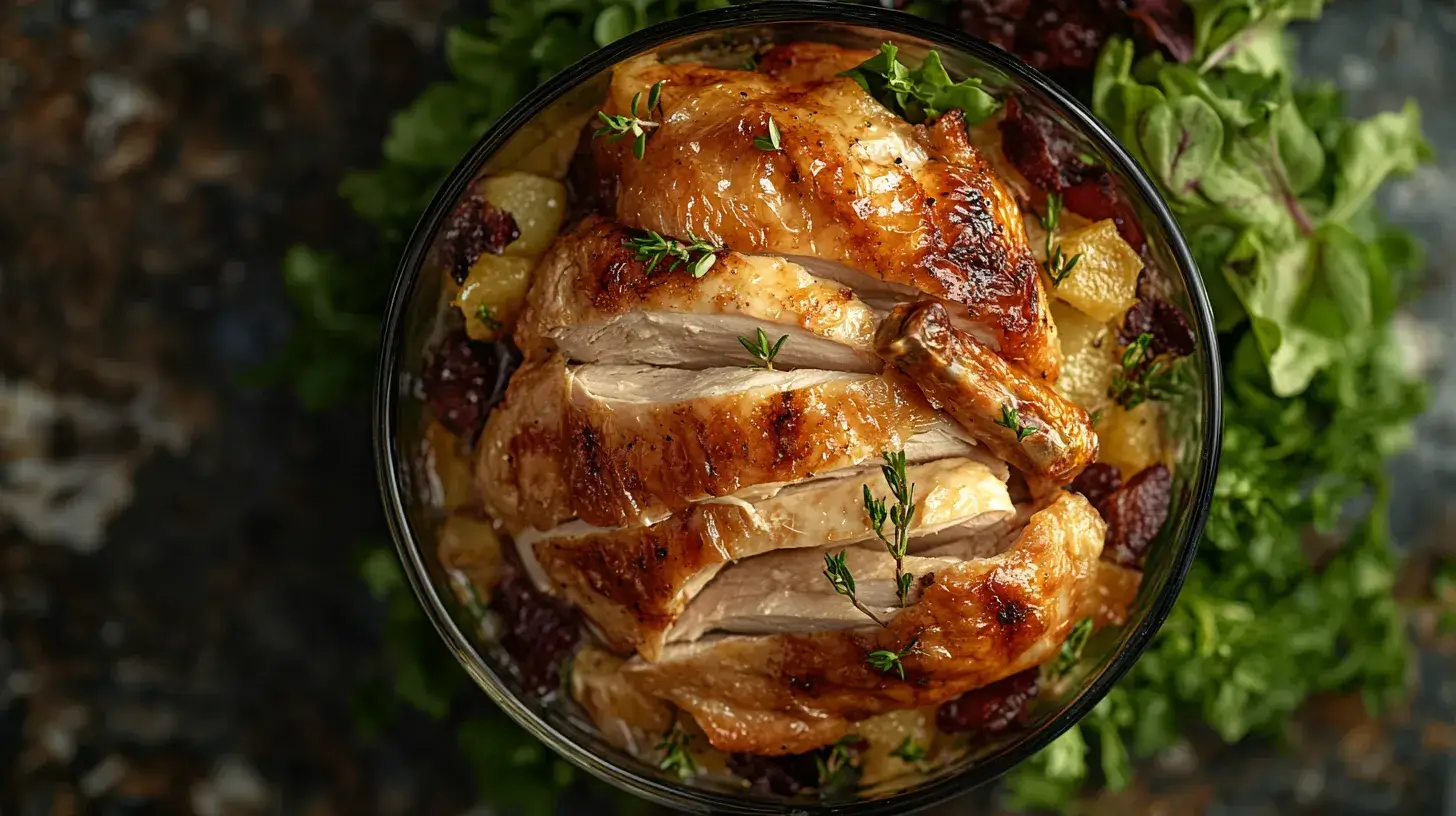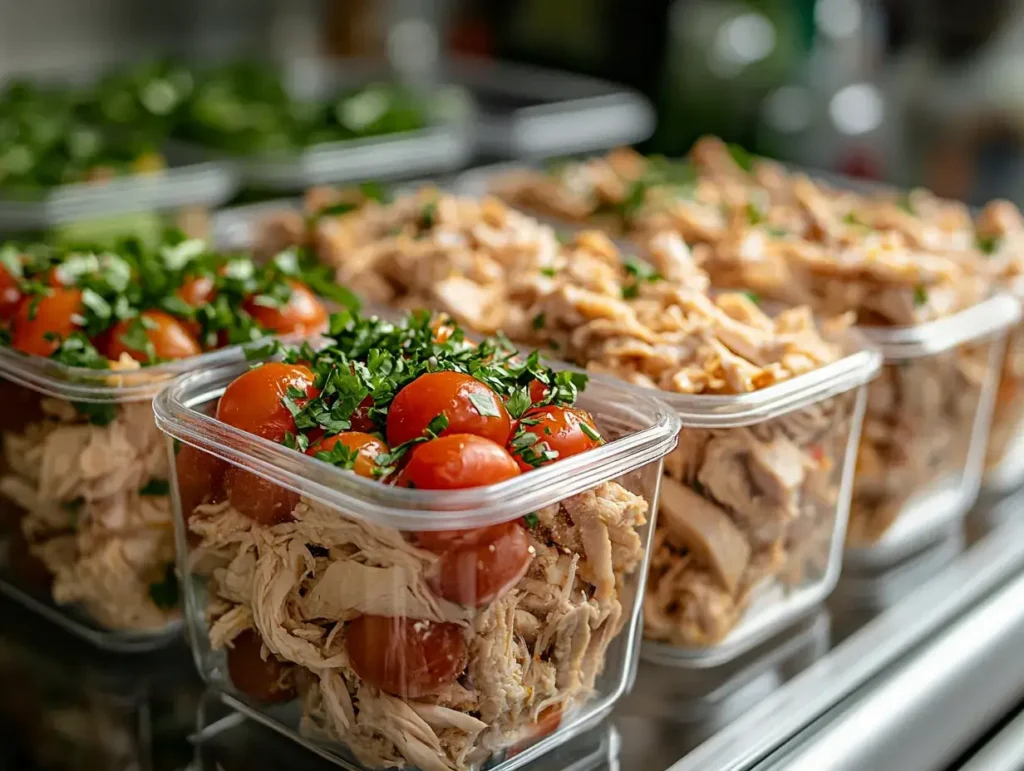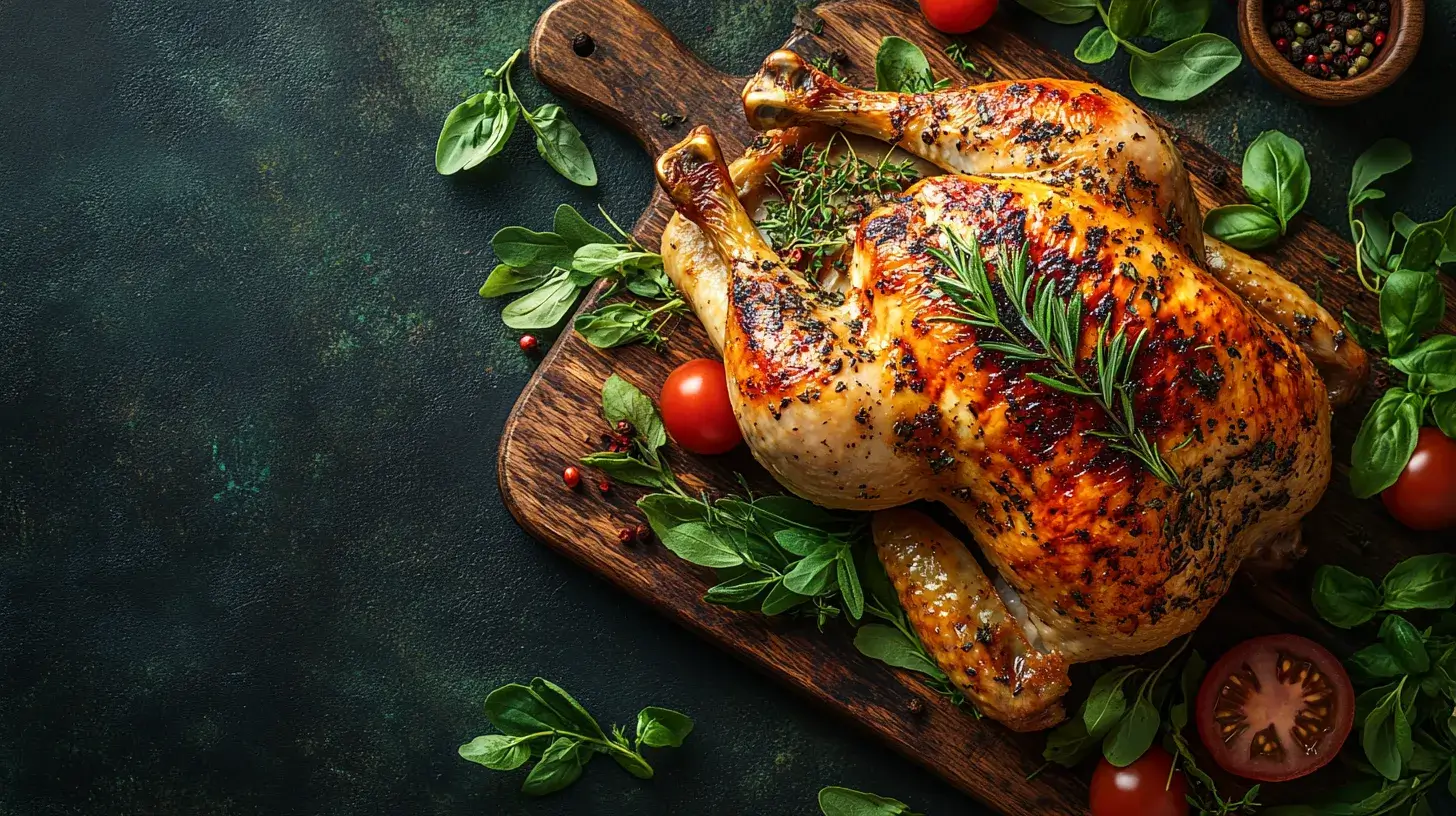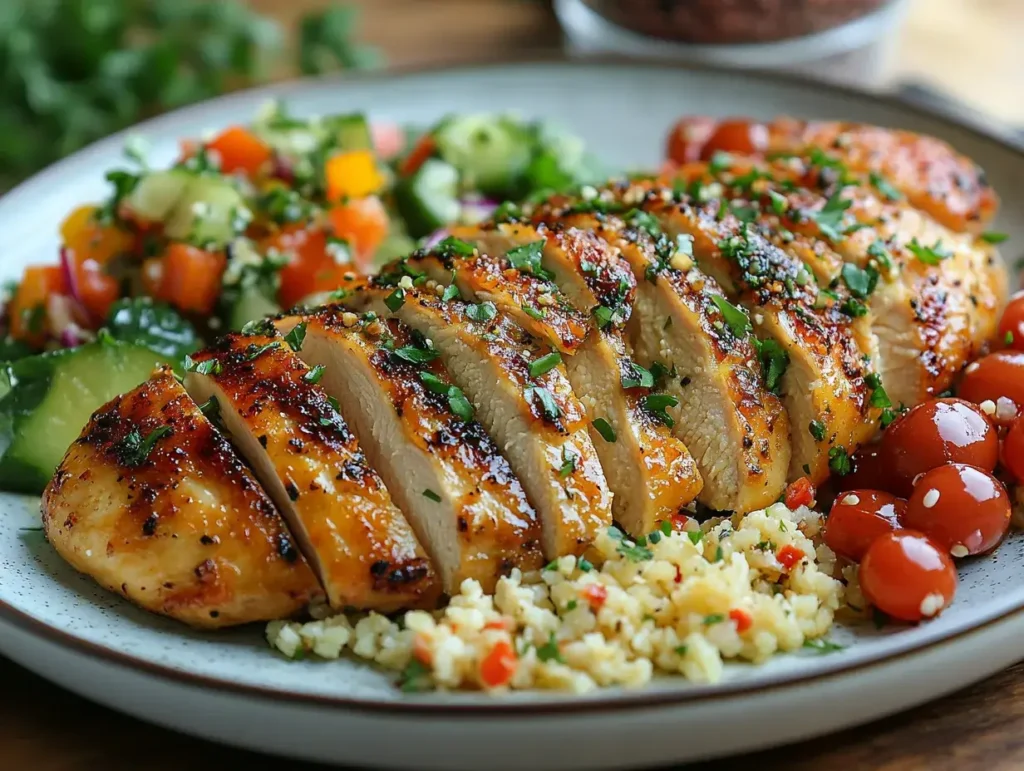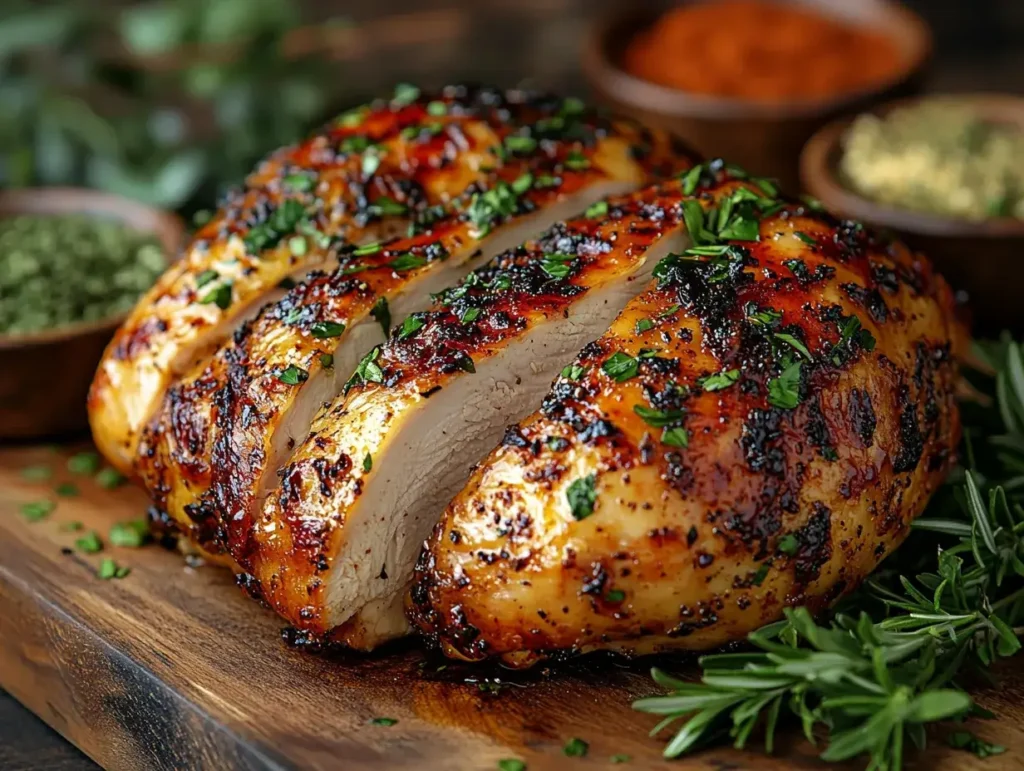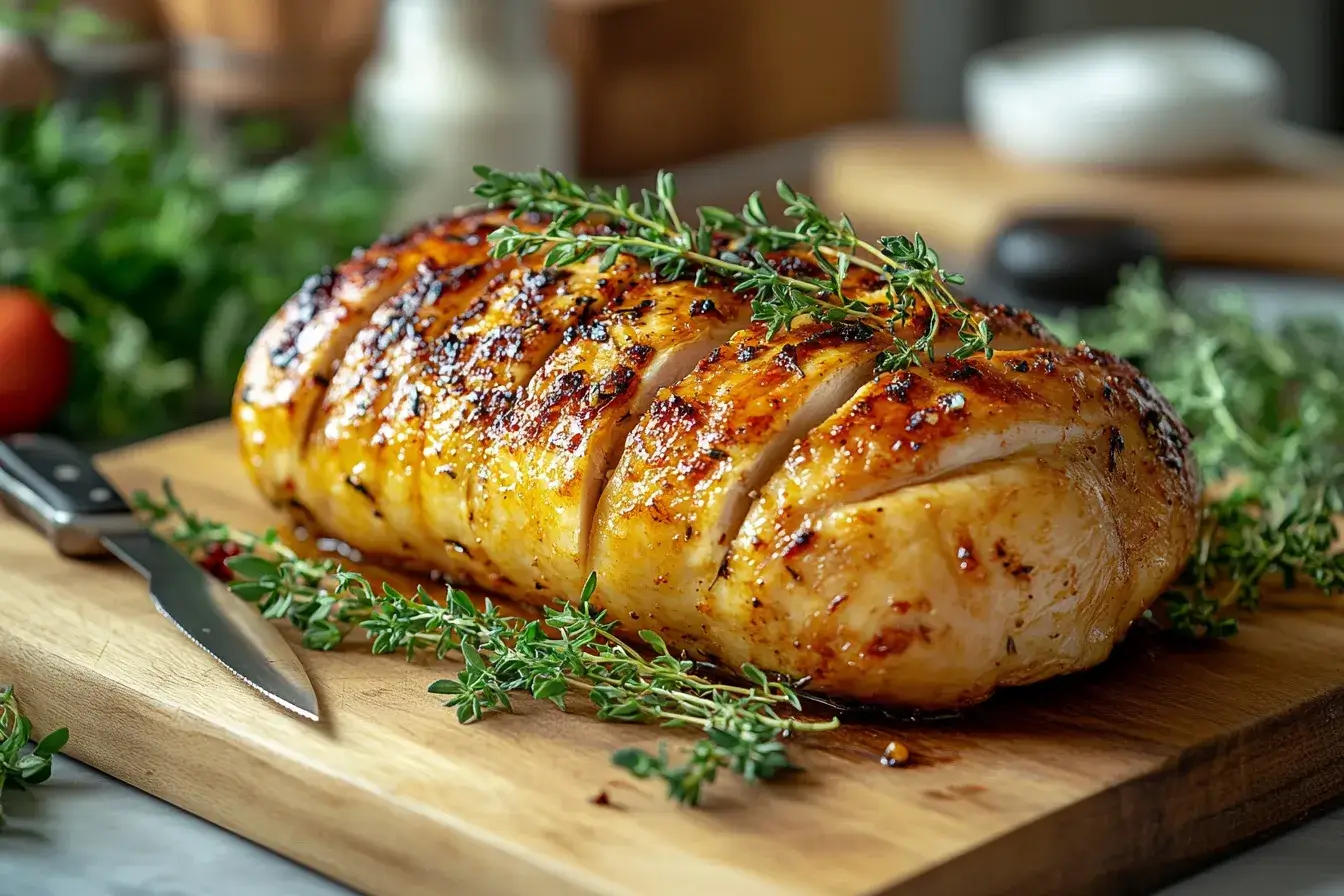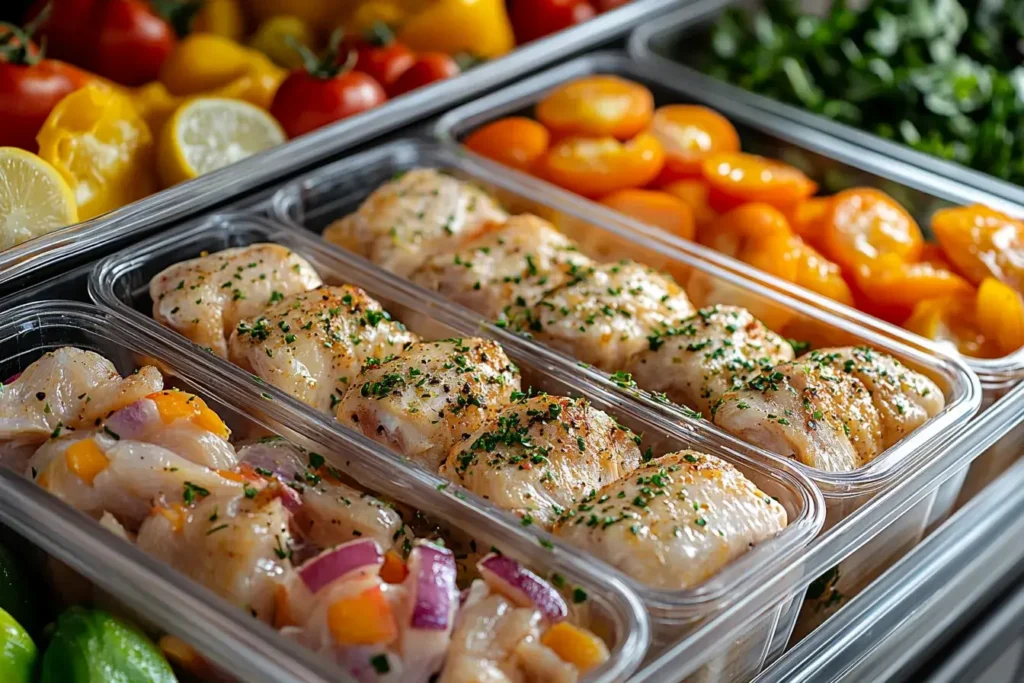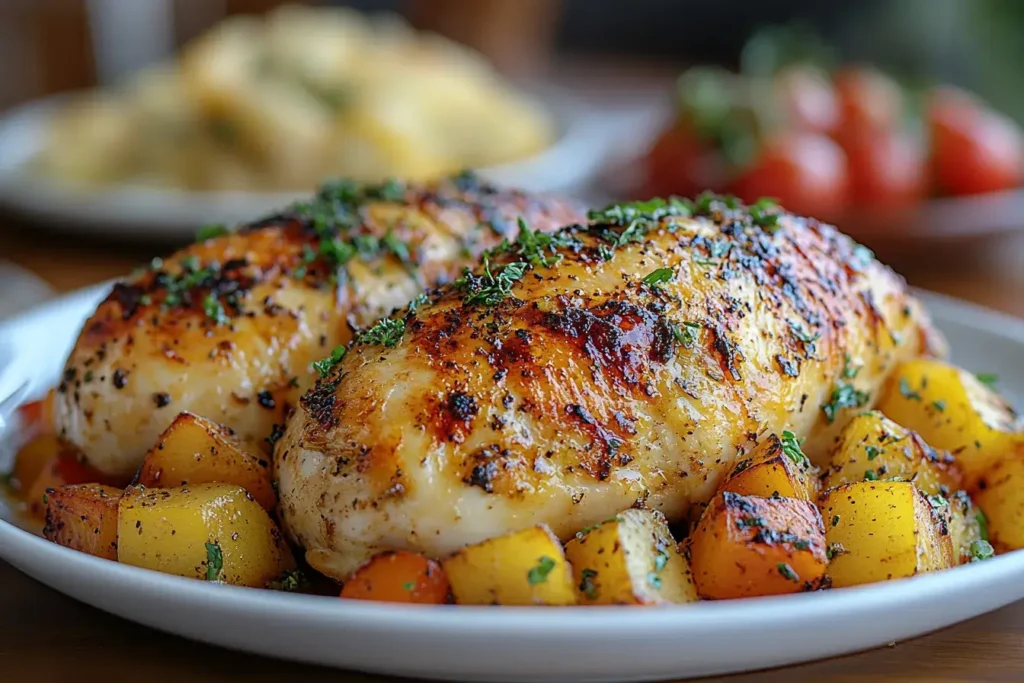Let’s talk about pickle pie pizza. Yes, you read that right pickles on pizza! But this isn’t just any ordinary slice. This flavor-packed creation takes the zing of dill pickles, the creaminess of garlic sauce, and the stretch of mozzarella cheese, and blends it all into one unforgettable bite. It’s the kind of dish that makes you wonder why you didn’t try it sooner.
What’s more, pickle pie pizza is the ultimate crowd-pleaser. It’s perfect for those who love bold flavors and crave something a little different. Serve it at a party and watch your guests go from skeptical to smitten after just one bite. The best part? You don’t need fancy equipment or professional skills to whip this up. All you need is a handful of ingredients, a little enthusiasm, and a love for all things tangy and cheesy. Ready to dive into this culinary adventure? Let’s get started on your new favorite pizza recipe!
What Is Pickle Pie Pizza?
The Origins of Pickle Pizza
The fascinating rise of pickle pie pizza is a testament to how creativity and culinary trends often come together to produce something extraordinary. Although the exact origin of this dish is hard to pinpoint, many credit its popularity to artisan pizza makers who wanted to cater to adventurous eaters. Over the years, it has evolved from a quirky novelty into a mainstream favorite, especially among pickle enthusiasts. This dish combines classic pizza elements with the zesty charm of pickles, making it a must-try for anyone looking to spice up their pizza nights.
Notably, some restaurants in the U.S. Midwest were among the first to experiment with pickles as pizza toppings. Their success quickly inspired home cooks and food bloggers to create their own versions of this unique recipe. As a result, pickle pie pizza has become a viral sensation on social media platforms, thanks to its unexpected yet delightful flavor.
Why Pickle Pie Pizza Stands Out
What makes pickle pie pizza such a showstopper is its balance of bold, tangy flavors with the comforting creaminess of traditional pizza. Unlike a standard pepperoni slice, this pizza offers a refreshing twist that satisfies your cravings for something new. The sharpness of dill pickles pairs beautifully with melted mozzarella cheese and a creamy garlic sauce, creating a flavor profile that’s as memorable as it is delicious.
For those who love to explore food fusions, this pizza ticks all the boxes. It’s adventurous yet approachable, making it perfect for family dinners or casual get-togethers. Plus, its vibrant presentation—golden crust, bright green pickles, and bubbling cheese—is bound to grab everyone’s attention.
Ingredients That Make It Unique
The secret to a great pickle pie pizza lies in its carefully chosen ingredients. While the star of the show is undeniably the pickles, other components play an equally important role in creating a well-rounded flavor.
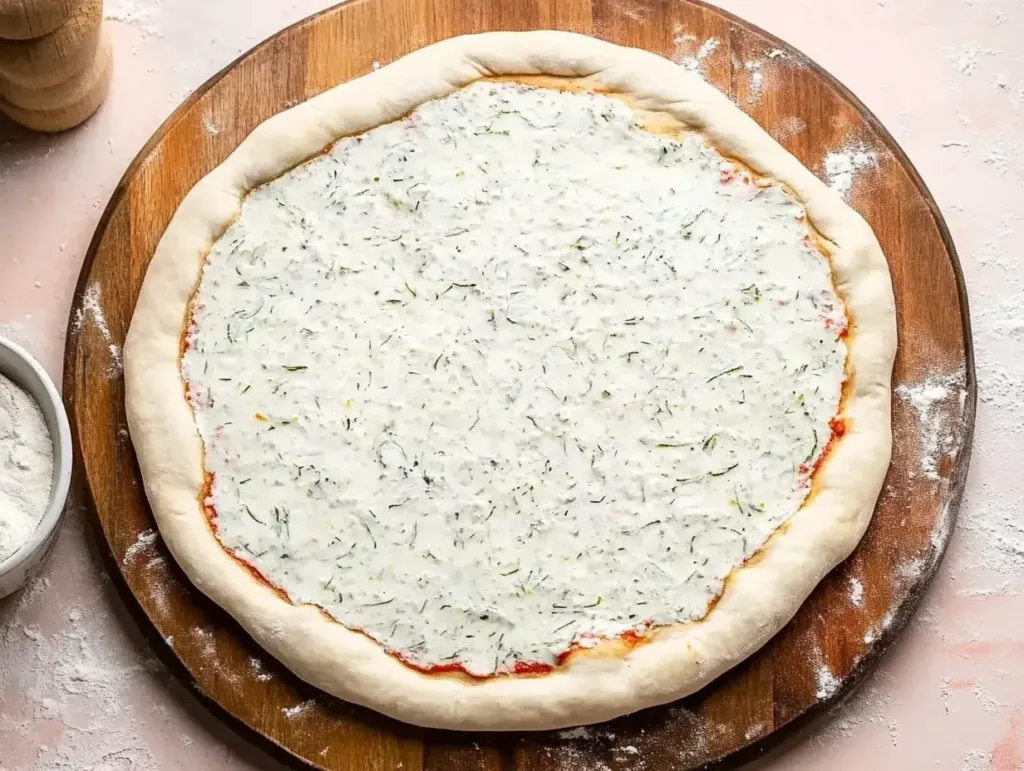
- Dill Pickles: Opt for high-quality pickles with a sharp tang, as they’re the hero of this dish. Sweet pickles can work too, but dill offers the best balance.
- Mozzarella Cheese: Its mild, creamy taste complements the boldness of the pickles without overpowering them.
- Creamy Garlic Sauce: This sauce acts as the base, adding richness and depth to the pizza. You can easily make it at home or use a store-bought version.
- Pizza Crust: Whether you prefer a thin crust for crispiness or a thicker one for heartiness, the crust should provide a sturdy foundation for the toppings.
Pickle Pizza vs. Traditional Pizza
If you’re wondering how pickle pie pizza compares to traditional pizza, the difference lies in its bold use of tangy, unexpected flavors. While a classic pizza relies on tomato sauce and pepperoni, this version swaps out those familiar elements for a creamy base and pickles, making it a refreshing alternative.
Another key distinction is the texture. The crunch of pickles contrasts beautifully with the gooey cheese, creating a multi-dimensional eating experience. For those who love experimenting with flavors, this pizza offers an exciting departure from the norm without straying too far from the comfort of a beloved dish.
For more on unique pizza trends, check out this guide to creative pizza toppings from Serious Eats.
How to Make Pickle Pie Pizza at Home

Step-by-Step Instructions
Making pickle pie pizza is surprisingly simple, even for beginner cooks. Follow these steps:
- Prepare the Dough: Roll out your pizza dough on a floured surface. Preheat your oven to 425°F (220°C) for a crisp crust.
- Spread the Sauce: Evenly coat the base with creamy garlic sauce, leaving about an inch around the edges.
- Layer the Pickles: Arrange thinly sliced dill pickles over the sauce. Overlap them slightly for consistent flavor in each bite.
- Add Cheese: Sprinkle shredded mozzarella generously over the pickles.
- Bake to Perfection: Place your pizza on a hot baking stone or tray and bake for 12-15 minutes, or until the crust is golden and the cheese is bubbly.
For a detailed breakdown of pizza baking tips, check out this comprehensive guide to pizza-making.
Tips for Achieving the Best Results
Perfecting your pickle pie pizza requires a few insider tricks:
- Prevent a Soggy Crust: Pat your pickle slices dry with a paper towel before placing them on the dough. Excess moisture can ruin the texture.
- Use a Pizza Stone: Baking on a preheated stone ensures an evenly cooked crust with just the right amount of crunch.
- Season Wisely: A sprinkle of dried dill or red pepper flakes can add a flavor boost without overpowering the pickles.
Customization Ideas
One of the best things about pickle pie pizza is how customizable it is. Here are a few variations to try:
- Spicy Kick: Add jalapeños or a drizzle of hot sauce for a fiery twist.
- Protein Power: Top with crumbled bacon or shredded chicken to make it heartier.
- Vegan Option: Swap the mozzarella for plant-based cheese and use vegan garlic sauce.
Get creative and make this recipe your own—there’s no wrong way to enjoy pickle pie pizza.
The Flavor Experience: Why You’ll Love Pickle Pie Pizza

A Tangy Explosion of Flavors
One bite of pickle pie pizza is all it takes to understand why this dish has captured the hearts of adventurous eaters everywhere. The tangy crunch of dill pickles harmonizes with the creamy garlic sauce, creating a bold and unique flavor profile. Unlike traditional pizza toppings, pickles bring a zesty brightness that balances the richness of the melted mozzarella cheese.
Each bite is a delightful contrast: the crisp pickles pop against the gooey cheese, and the savory crust provides the perfect foundation. It’s a combination you didn’t know you needed, but once you try it, there’s no going back.
Perfect for Pickle Lovers
If you’re someone who can’t get enough of pickles—whether they’re on a sandwich, in a salad, or straight out of the jar—pickle pie pizza is your dream come true. This pizza is essentially a celebration of all things pickle, featuring the ingredient front and center.
Unlike other recipes where pickles take a backseat, here they are the star. Their tangy, salty bite is enhanced by the subtle flavors of the garlic sauce and cheese. For pickle enthusiasts, this pizza is more than a meal—it’s a statement.
Crowd-Pleasing Appeal
Whether you’re hosting a game night, throwing a casual dinner party, or simply looking to surprise your family with something different, pickle pie pizza is guaranteed to be a hit. Its unique flavor profile makes it a conversation starter, while its familiar pizza base ensures it’s still approachable for everyone.
For guests who might be skeptical, you can offer mini slices as appetizers. Once they take a bite, they’ll be lining up for seconds. And if you’re serving a variety of pizzas, this tangy option will stand out from the crowd. For other fun party ideas, check out How to Make Juicy Baby Back Ribs with Beer & Steak Seasoning
A Conversation Starter
Food isn’t just about taste it’s also about the stories and memories it creates. Serving pickle pie pizza is a great way to spark conversations and share laughs with your guests. The unexpected topping choice will intrigue your friends and family, giving you the perfect opportunity to talk about how you discovered or created the recipe.
Whether you’re introducing this dish at a casual dinner or bringing it to a potluck, you can be sure it will leave a lasting impression. Food trends come and go, but the joy of sharing a unique dish like pickle pie pizza is timeless.
Popular Variations and Trends
Dill Pickle Pizza
Dill pickle pizza is a variation that stays true to the core concept while keeping things simple and classic. This version highlights the crisp, tangy flavor of dill pickles combined with a creamy garlic sauce and gooey mozzarella cheese. The secret to its popularity lies in its ability to balance the boldness of the pickles with the smoothness of the cheese, creating a slice that’s surprisingly addictive.
For a bit of extra flair, you can sprinkle fresh dill on top right after baking. It’s a small touch that enhances the overall flavor and gives the pizza an elevated look. Dill pickle pizza has become a hit at many restaurants, showcasing how this unconventional topping can be an absolute game-changer.
Sweet and Spicy Pickle Pizza
If you’re a fan of bold flavors, the sweet and spicy pickle pizza variation is perfect for you. This version combines the tanginess of pickles with a drizzle of honey or a sprinkle of brown sugar to add sweetness, while chili flakes or sliced jalapeños bring the heat. The result? A mouthwatering fusion that’s both sweet and savory, with a fiery kick.
This variation works well for those who love experimenting with contrasts in their food. Pair it with a light salad or a refreshing beverage to cool down the spice, and you’ve got a meal that’s sure to impress.
Gluten-Free and Vegan Option
One of the best things about pickle pie pizza is how easily it can be adapted for dietary preferences. For a gluten-free option, use a cauliflower crust or a pre-made gluten-free pizza base. Both work wonderfully and allow the pickles and cheese to remain the stars of the dish.
For vegans, simply swap out the mozzarella cheese for your favorite plant-based alternative and use a dairy-free garlic sauce. With so many great vegan products available today, this version tastes just as delicious as the original.
Serving Suggestions and Pairing
Best Sides to Serve with Pickle Pie Pizza
Pairing the right sides with your pickle pie pizza can enhance the meal and make it even more memorable. A crisp green salad with a tangy vinaigrette is an excellent choice to complement the bold flavors of the pizza. The freshness of the salad balances the richness of the cheese and sauce, offering a refreshing contrast.
For something heartier, consider a creamy coleslaw with a hint of sweetness. The crunch of the coleslaw pairs well with the pickles’ tang, creating a textural harmony. Additionally, roasted vegetables like asparagus or Brussels sprouts add a savory touch to round out the meal.
Ideal Beverages to Pair
When serving pickle pie pizza, the right drink can take the experience to the next level. A light, citrusy beer, such as a pilsner or a wheat ale, complements the tangy pickle flavors without overwhelming them. For non-alcoholic options, try a sparkling lemonade or a cucumber-infused water both enhance the refreshing qualities of the pizza.
For those who enjoy cocktails, a classic Bloody Mary with its spicy, savory profile pairs perfectly with the boldness of the pizza. Its briny undertones mirror the pickles, creating a flavor match that’s hard to beat.
How to Store Leftovers
If you happen to have leftover pickle pie pizza, storing it properly ensures it retains its flavor and texture. Allow the pizza to cool completely before wrapping each slice individually in aluminum foil or storing them in an airtight container. This method prevents the crust from becoming soggy and keeps the toppings fresh.
For reheating, avoid using a microwave, as it can make the crust chewy. Instead, place the slices on a baking sheet and reheat them in an oven preheated to 375°F (190°C) for about 8-10 minutes. This method restores the crispness of the crust while warming the toppings evenly.
Creative Presentation Ideas
Serving pickle pie pizza creatively can make your dish the highlight of any gathering. For parties or game nights, cut the pizza into bite-sized squares or triangles and arrange them on a wooden serving board. Garnish the platter with small bowls of dipping sauces, such as ranch, garlic aioli, or spicy mayo, to give guests a variety of options.
For a more formal presentation, serve individual mini pickle pizzas. Simply use smaller dough rounds, and follow the same steps to create personalized portions. Add a sprinkle of fresh dill or a drizzle of olive oil just before serving to elevate the visual appeal.
FAQs
What does pickle pie taste like?
Pickle pie has a unique flavor that’s both tangy and savory. The pickles deliver a sharp, briny kick, balanced by the creamy richness of the garlic sauce and mozzarella cheese. Every bite combines the crunch of the pickles with the gooeyness of melted cheese, creating a satisfying contrast of textures. If you love bold, zesty flavors, pickle pie pizza offers a one-of-a-kind taste experience that’s sure to please your palate.
What does pickle pizza taste like?
Pickle pizza is a delightful fusion of tangy, cheesy, and savory flavors. The pickles add a bright and zesty punch, while the creamy garlic sauce replaces traditional tomato sauce, giving it a smooth, rich base. Topped with mozzarella, the pizza achieves a perfect balance of sharpness and creaminess. If you’re craving something adventurous yet comforting, pickle pie pizza delivers a flavor profile that’s surprisingly addictive.
Who invented pickle pizza?
The exact origins of pickle pizza are unclear, but its rise to fame can be credited to creative artisan pizza makers in the United States, particularly in the Midwest. These chefs experimented with pickles as a topping, creating a dish that quickly became a viral sensation. Today, pickle pie pizza is featured on menus across the country and is a favorite for food lovers seeking something different and exciting.
What is a football pie pizza?
A football pie pizza is a fun, football-shaped pizza often made for game-day celebrations. It’s designed to resemble a football, with a crust shaped like an oval and toppings arranged to mimic the stitching and design of a football. While it doesn’t typically include pickles as a topping, you can adapt the concept to create a pickle pie pizza version, combining the playful shape with tangy pickle flavors for a crowd-pleasing treat.
Conclusion
Pickle pie pizza is more than just a meal it’s a bold and delicious culinary adventure that brings together the tangy crunch of pickles, the creamy richness of garlic sauce, and the comforting familiarity of pizza. From understanding its origins to exploring creative variations, you now have all the tools and inspiration to make this unforgettable dish your own.
Whether you’re a pickle enthusiast or simply curious about trying something new, pickle pie pizza is guaranteed to impress. Its unique flavor profile, adaptability for dietary preferences, and ability to spark conversations make it a standout choice for any occasion. Plus, with the simple recipe and serving suggestions provided, you can easily recreate this dish at home and wow your friends and family.
So, what are you waiting for? Roll up your sleeves, gather your ingredients, and get ready to bake the most tangy, cheesy, and exciting pizza you’ve ever had. Trust us—your taste buds will thank you!




